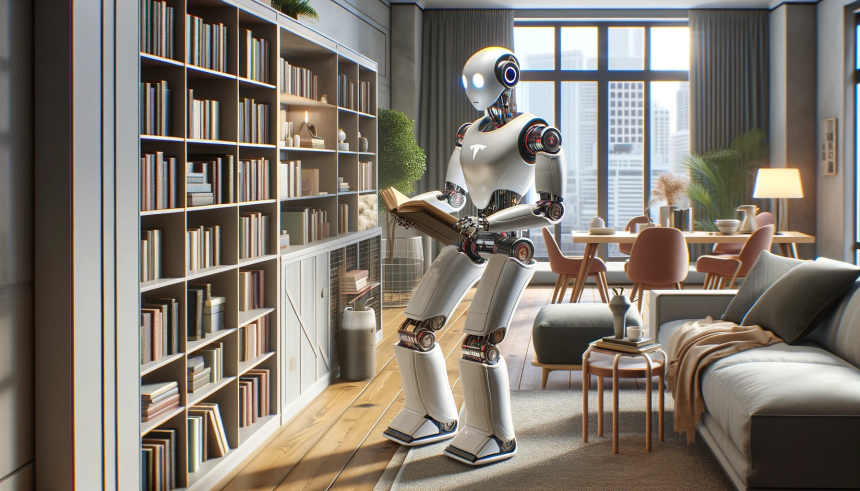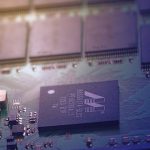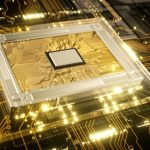Tesla’s humanoid robot, Optimus, has captured attention yet again with a new set of impressive capabilities. In a recent video demonstration, Optimus showcased tasks that highlight its potential for practical applications, stirring the curiosity and optimism of robotics enthusiasts. Tesla continues to refine its techniques, solidifying Optimus’ presence in advancing artificial intelligence. Leveraging technology that enables learning from real-world examples could mark a significant shift in autonomous robots, setting Optimus apart from its competitors.
Elon Musk has maintained Tesla’s stance on Optimus as a pivotal product. In past announcements, Tesla emphasized its commitment to combining innovation with practical utility. Previous demonstrations had shown Optimus performing isolated tasks, but the latest update adds a layer of complexity and versatility in its task completion. Such strides not only reflect technological advancements but also outline Tesla’s ambitions in the robotics sector, as compared to other companies that often focus on narrowly defined functions for their humanoid robots.
What Can the Latest Demonstration Tell Us?
In the latest video, Optimus undertakes a series of household tasks such as cleaning and organizing, all under the direction of a single neural network. This progression highlights the robot’s growing capabilities to handle daily tasks, making it a potential asset for various environments. The robot learned these activities through first-person video inputs, representing a meaningful step in skill acquisition for robotics.
How is Optimus Learning New Skills?
Tesla Vice President Milan Kovac outlined a strategic approach to harnessing video data from the internet for skill acquisition. Optimus could soon learn not just from first-person accounts but also from third-person views using random online footage. Kovac detailed plans to integrate machine learning techniques directly from these videos, expediting the development of new skills and applications for the robot.
What Is Next for Optimus?
Upcoming advancements will see Optimus transitioning from data-driven learning to incorporating third-person media for task execution. This capability could significantly enhance its versatility and operational efficiency. Enhancements like self-play reinforcement learning are also on the horizon to improve reliability. With these expansions, Optimus may soon manage multiple tasks with natural language prompts, showcasing Tesla’s cutting-edge advancements in robotics.
As Tesla continues to refine Optimus, its multi-tasking capabilities could reshape how humanoid robots are perceived for everyday use. By integrating more autonomous skill-learning processes, Tesla aims to extend its lead in the robotics industry. With rapid advancements and thorough testing, Optimus may soon transition from prototype to a functional piece in smart homes and industrial settings. As developments are consistently unveiled, keeping abreast of the changes will be essential for anyone interested in AI and robotics.










